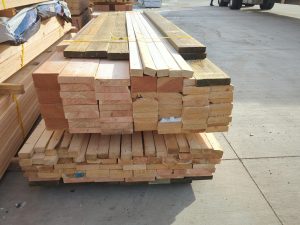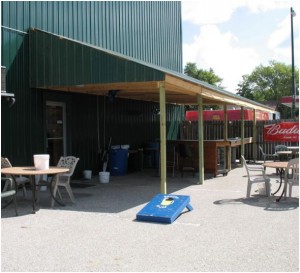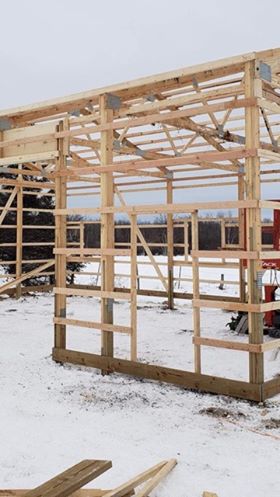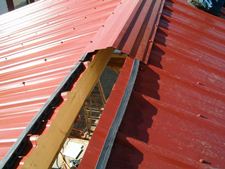I do a lot of research on most everything I blog about. I want you to have the most solid and recent information, along with my advice as to how to put it to best use. I found this recently at www.spib.org: “The Family owned and publicly traded companies that choose to use the SPIB logo on their Products represent the best of the lumber producers. They have made a clear choice to provide their customers with a range of products with an emphasis on quality. Their products are produced from an abundant, renewable resource that requires a minimum of energy to produce, is sustainable, and is locally available. Customers choose their products because they understand value.”
From one of the largest pressure treated wood companies in the U.S., “Industry experts say Southern Yellow Pine’s density makes it the strongest softwood structural lumber species.” Changes may be a coming as earlier this year the Southern Pine Inspection Bureau (SPIB) sent shock waves through the construction industry when it revealed it had submitted new, substantially lower design values for visually graded southern pine dimension lumber to the American Lumber Standard Committee (ALSC) for review.
 This lead to a salvo being fired by the two major roll former manufacturer associations in the United States, the Steel Framing Industry Association and the Steel Stud Manufacturers Association. Both of whom have both rolled out code compliance programs in the past year designed to improve confidence in cold-formed steel products.
This lead to a salvo being fired by the two major roll former manufacturer associations in the United States, the Steel Framing Industry Association and the Steel Stud Manufacturers Association. Both of whom have both rolled out code compliance programs in the past year designed to improve confidence in cold-formed steel products.
According to them, “while the lumber industry appears to have become more lax in its monitoring and testing procedures, the steel framing industry has gone to lengths to certify and validate the design values of its products, and to affirm that they comply with International Building Code requirements.
The southern pine situation illustrates what many builders and designers already know: Cold-formed steel framing is not just more stable, durable, strong and uniform than wood framing—it also provides those who use it with an unimpeachable sense of security that they are getting exactly what they pay for.”
The lumber industry conducts strength testing to insure the product being produced, meets the design specifications published for use by architects and engineers. SPIB, along with Timber Products Inspection, found significant reductions in the stiffness, bending and tension strength of visually graded southern pine samples. Much of this is due to quickly grown plantation (or farmed) trees.
The recently tested wood exhibited a departure from the design values last published in 1991. The SPIB has proposed potential reductions in four of the six basic lumber properties—ranging from 20 percent less for tension, to 30 percent less for bending, to 35 percent less for compression. SPIB also proposed a 200,000 psi reduction in the modulus of elasticity for southern pine.
While the cold formed steel industry is quick to throw stones at southern yellow pine lumber, the revision in design values does not affect machine stress rated or machine evaluated southern yellow pine – which is heavily used in the prefabricated wood truss, glu-lam and I joist industries. Nor does the proposal change the design values for any of the other popular North American lumber species, such as Douglas Fir, Hem-Fir or Spruce-Pine-Fir.
Even if cold roll formed steel pole building wall girts and roof purlins were to become less expensive than wood, they are nowhere near as user friendly as lumber. Cut a 2×6 wrong, every lumberyard has a replacement. Cut a steel girt or purlin wrong and scrap metal has been created.
So, my wife who is my best critic of my blogs said to me, “this is great honey, can you translate this for me?” Sure. If you live in a part of the country where Southern Yellow Pine is the predominant lumber species, it no longer will be the strongest lumber to build from. SYP will become cheaper, but it won’t carry the loads. Many folks are stuck on a certain species of lumber as “the best”. My caution is, keep an open mind. You need to look for what is going to “do the trick”, meaning – what will carry the loads for your building needed to provide a safe and strong structure to carry you through many years? There are many suitable replacements. You just have to be “open” to them.









